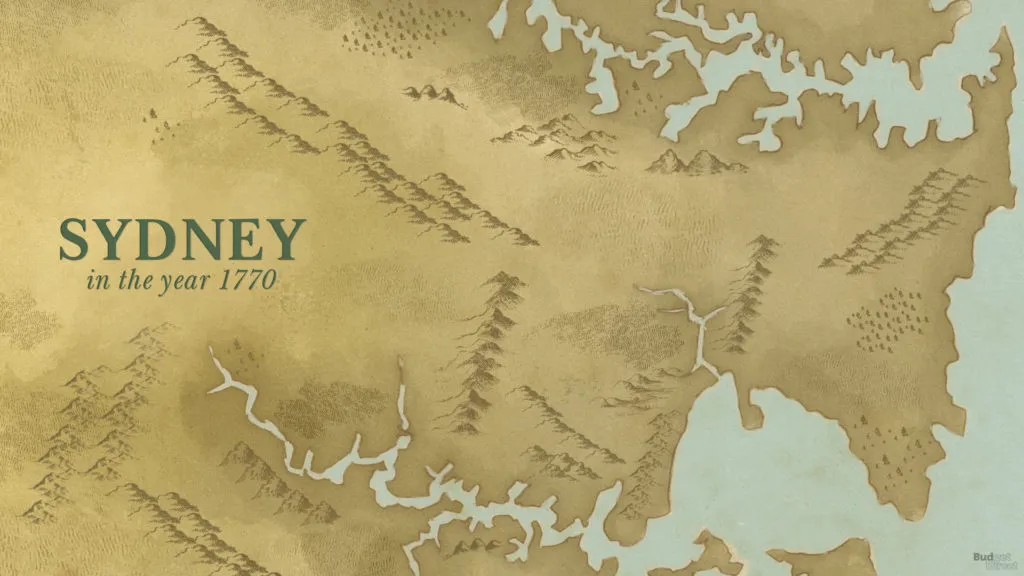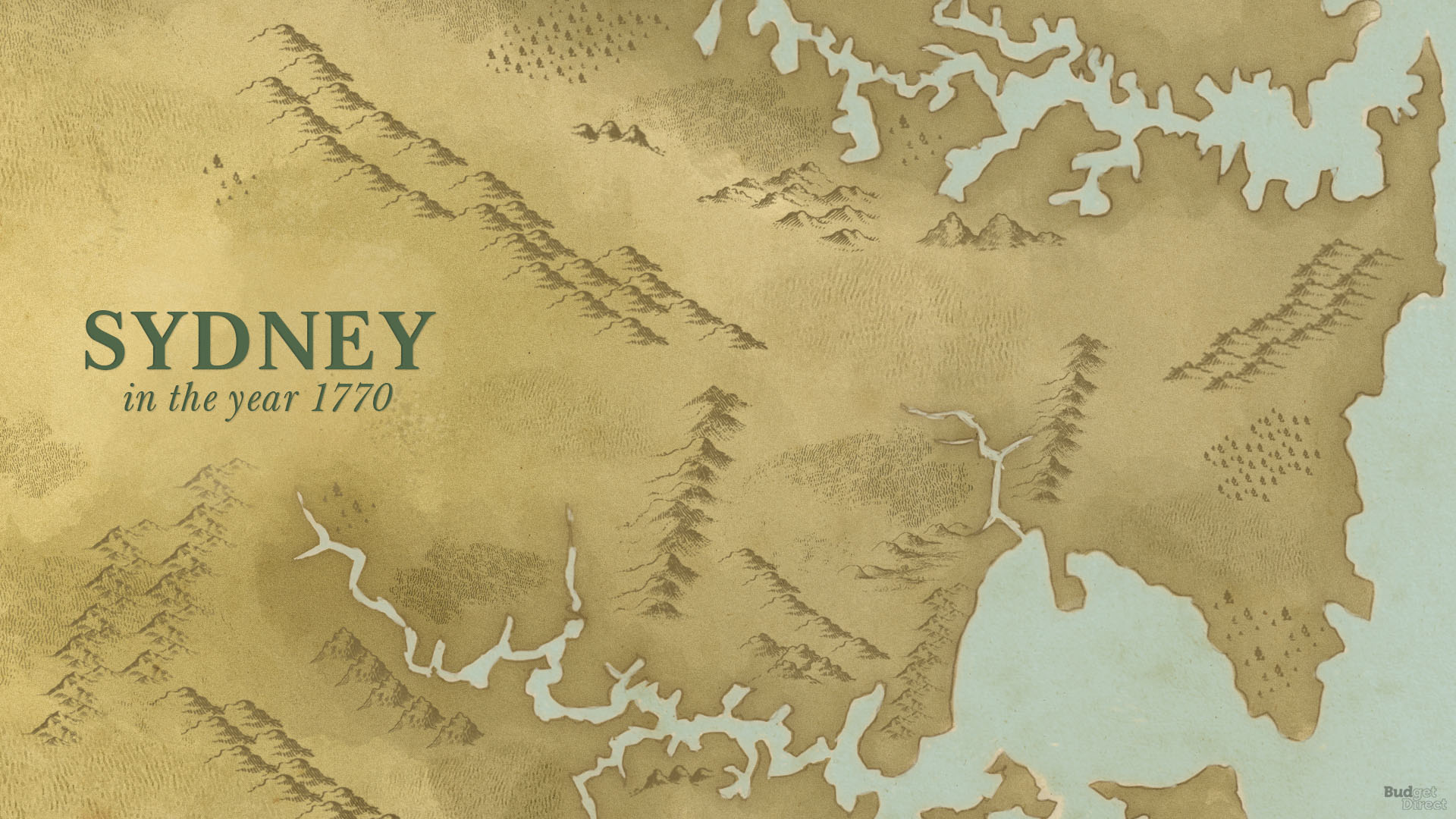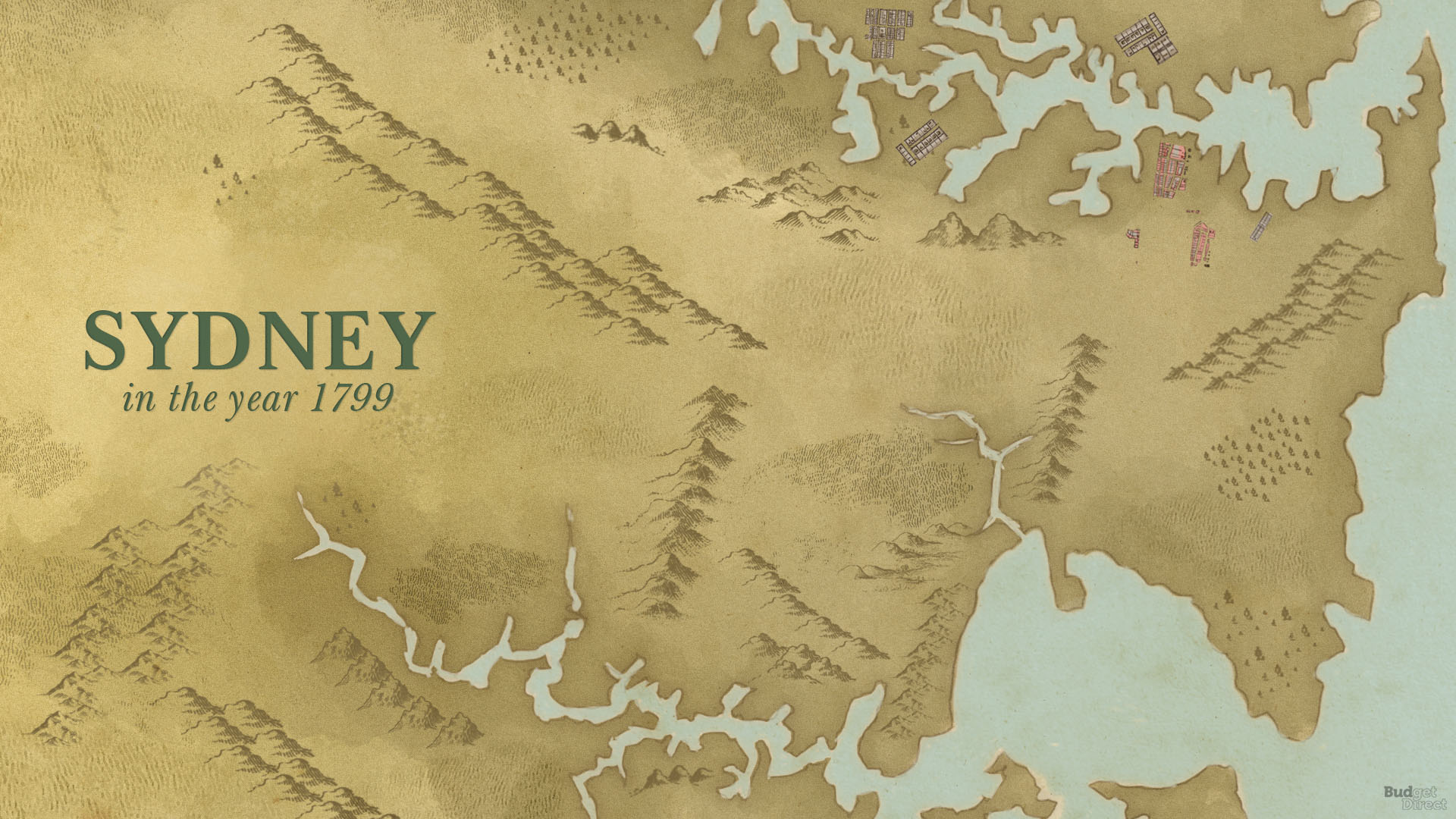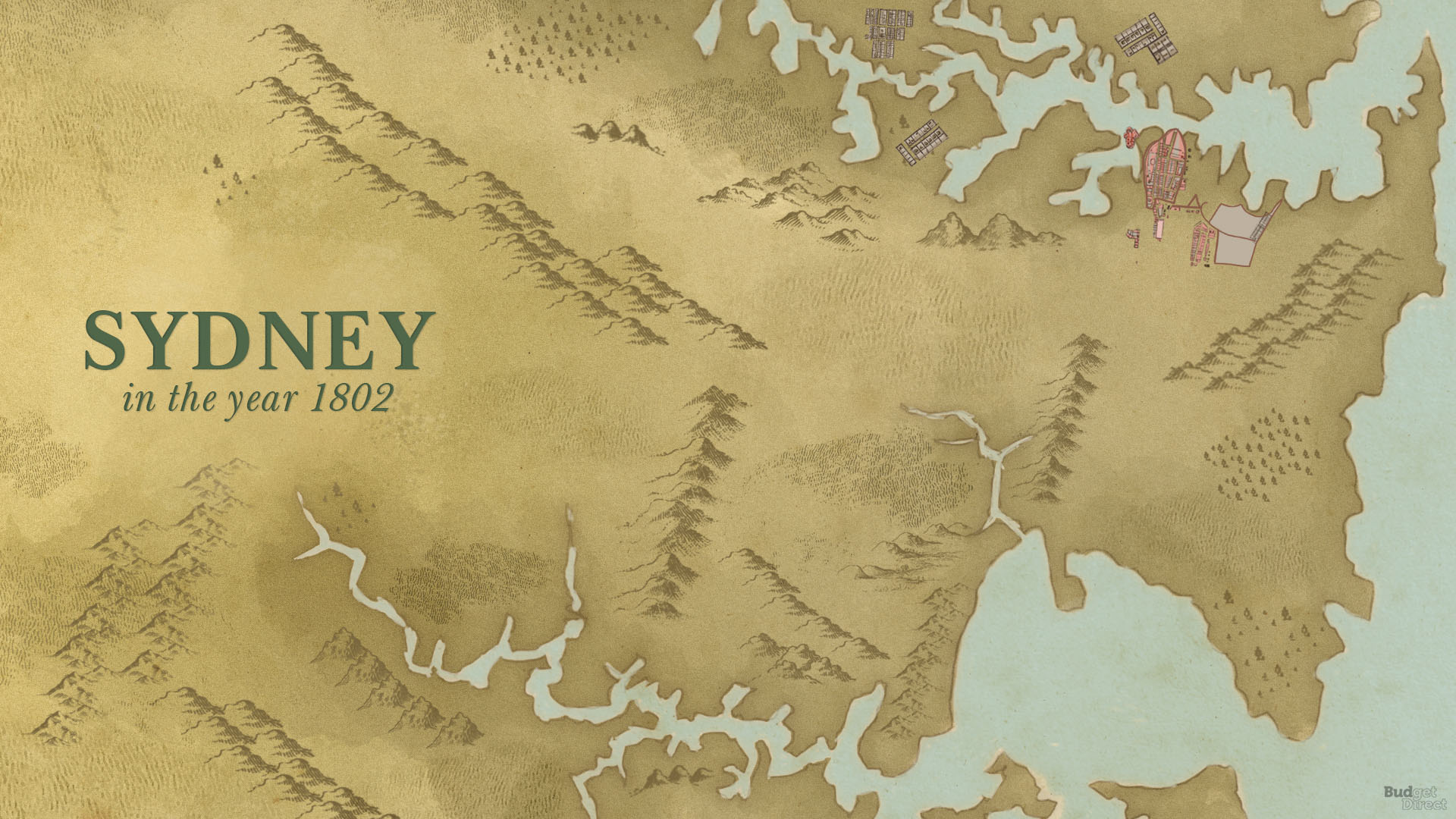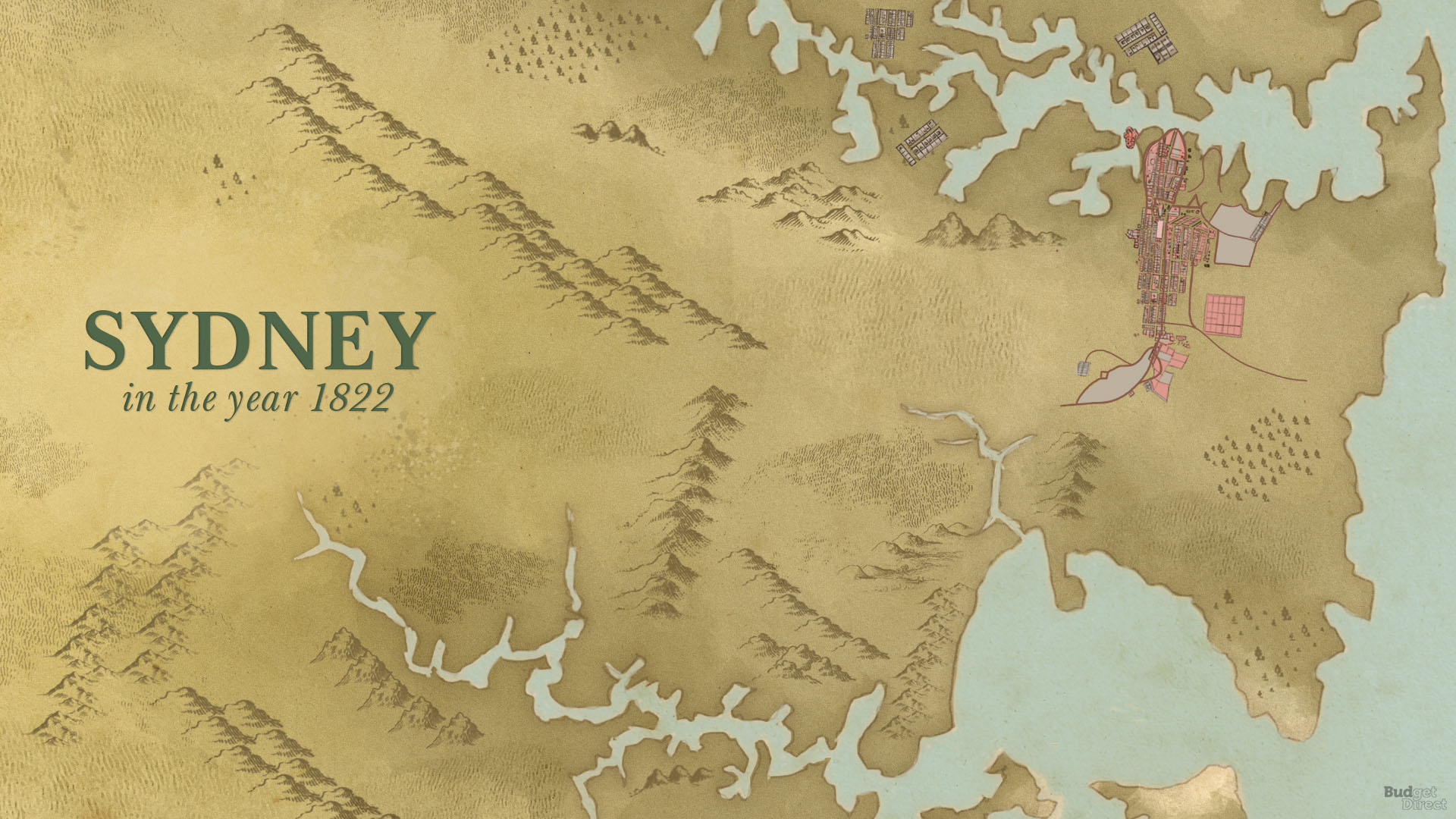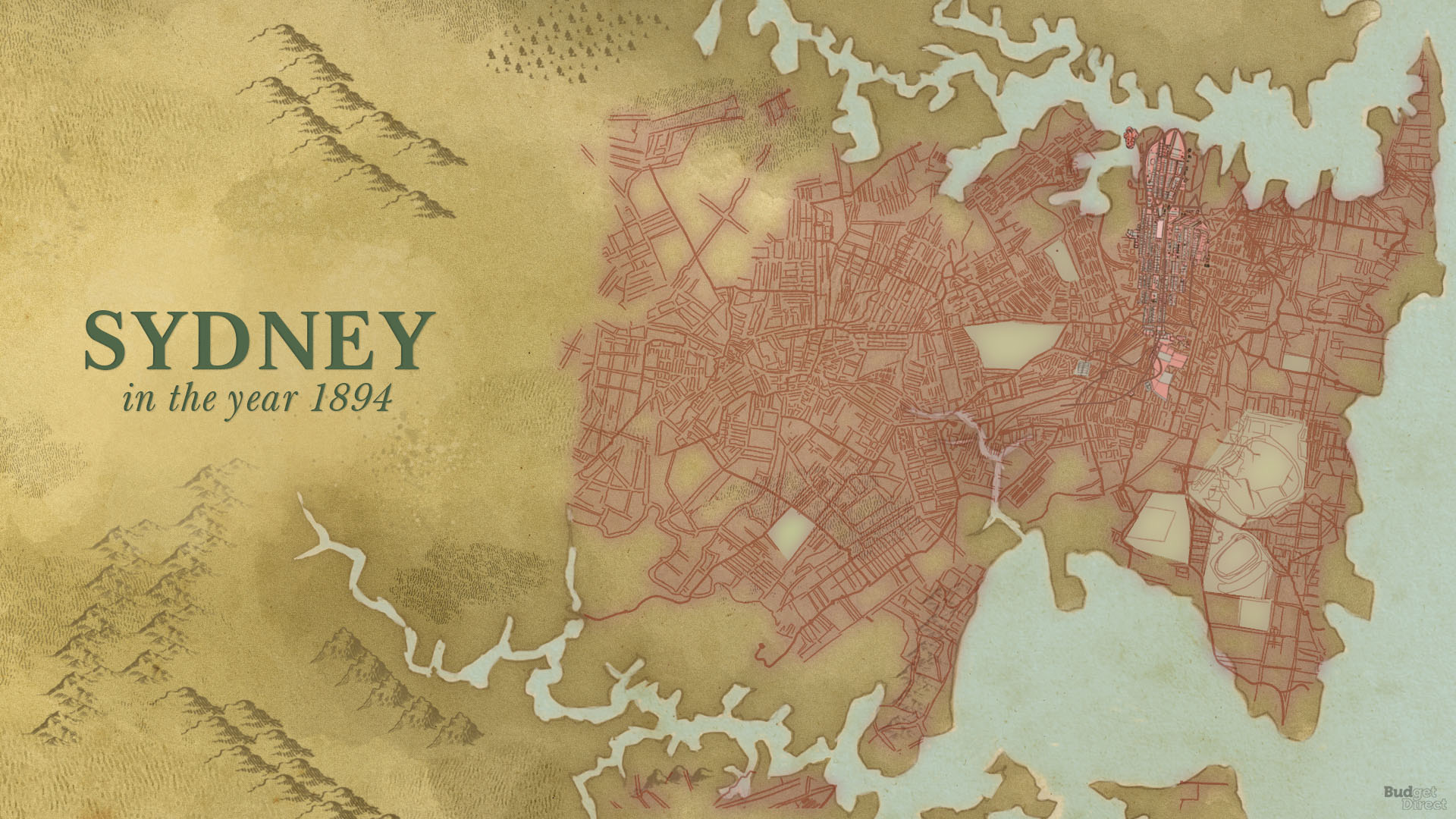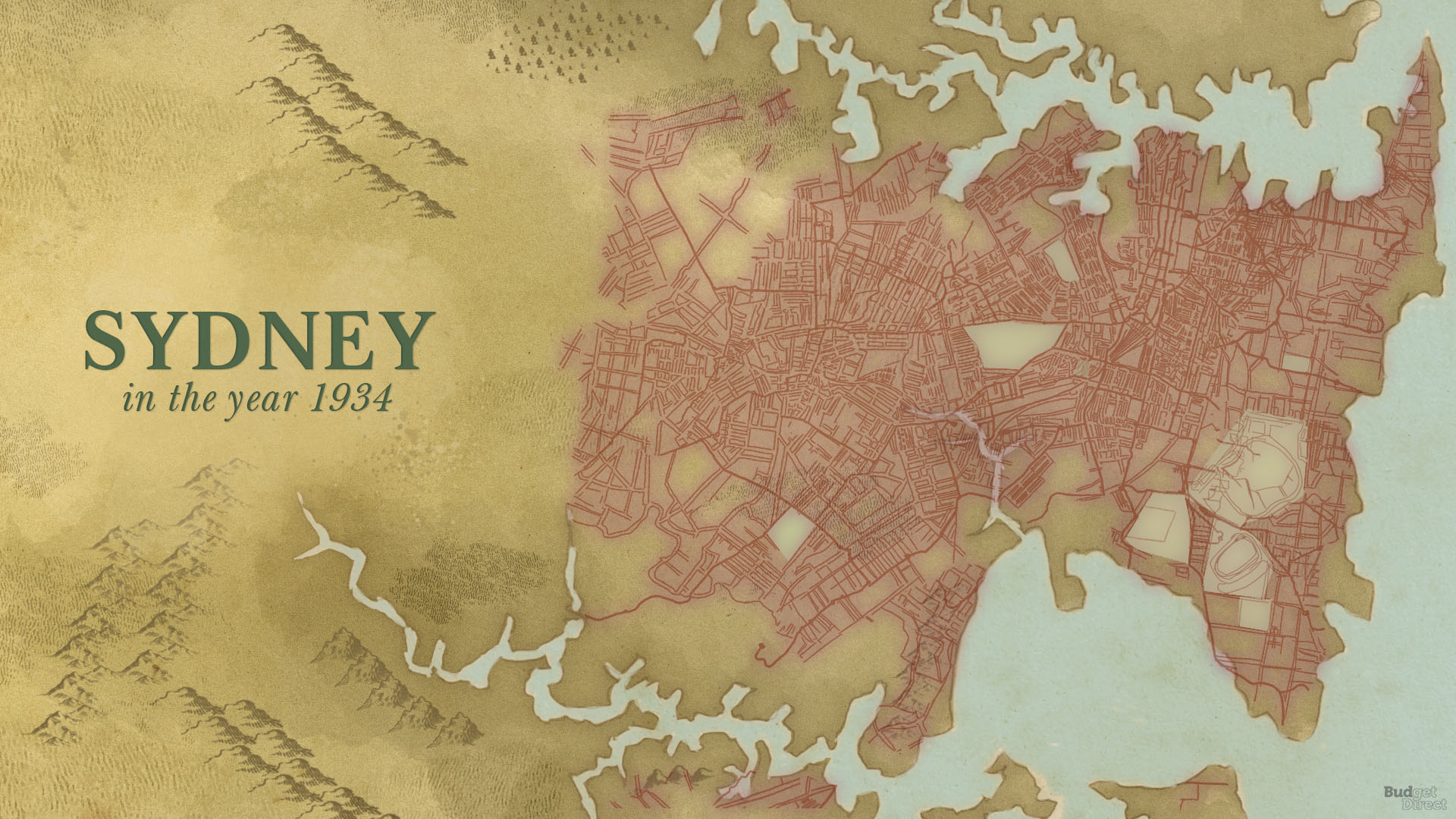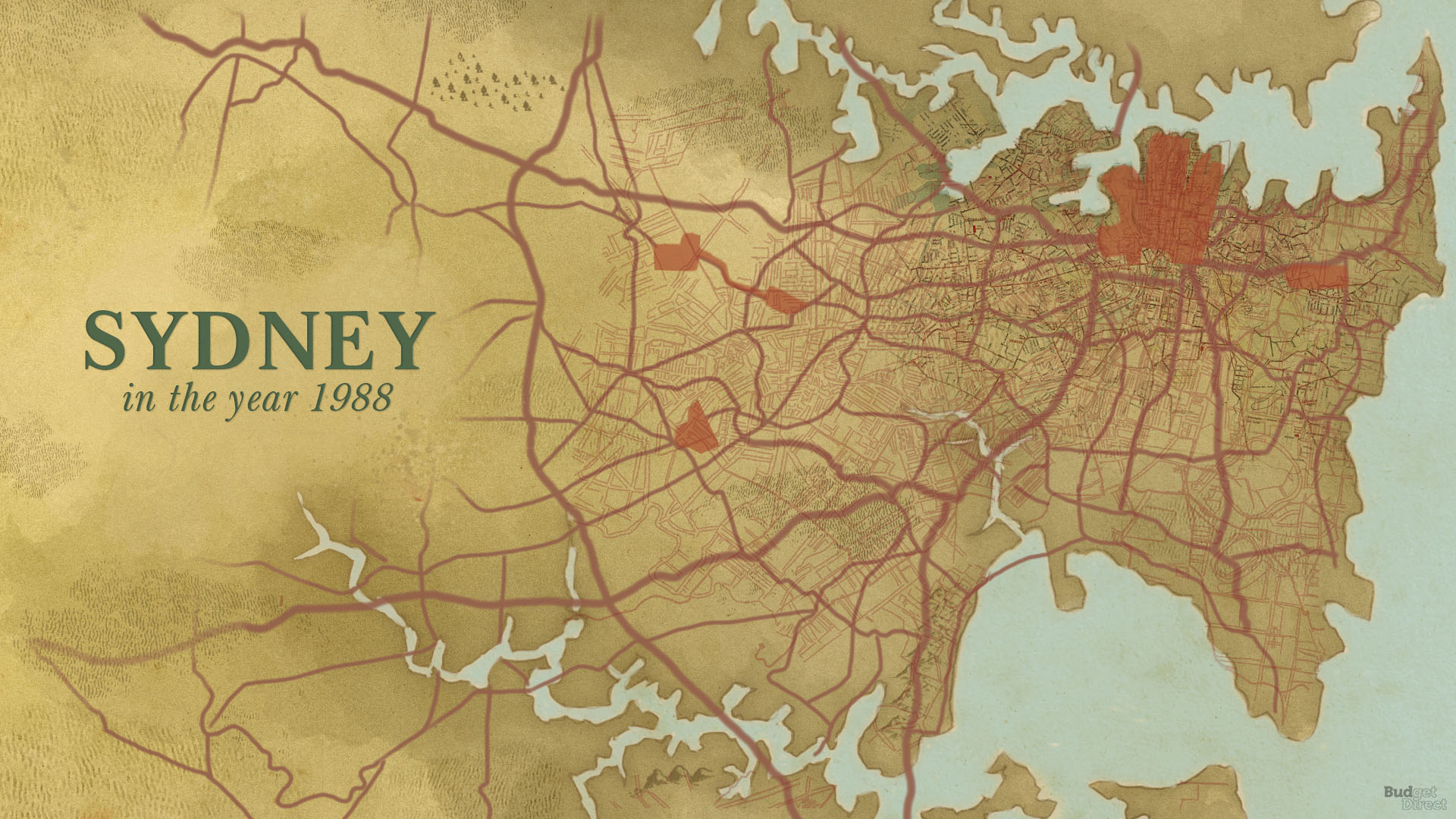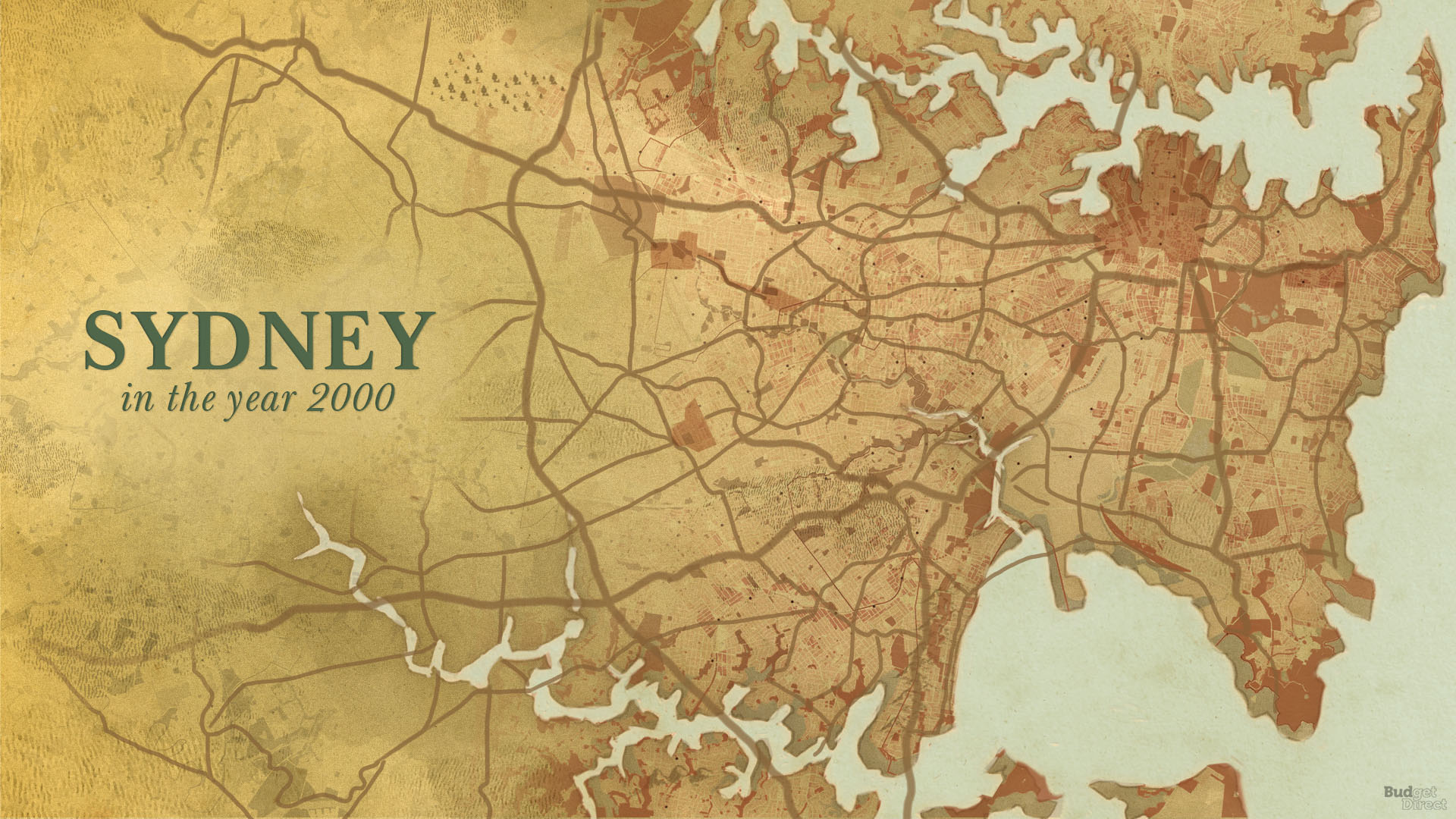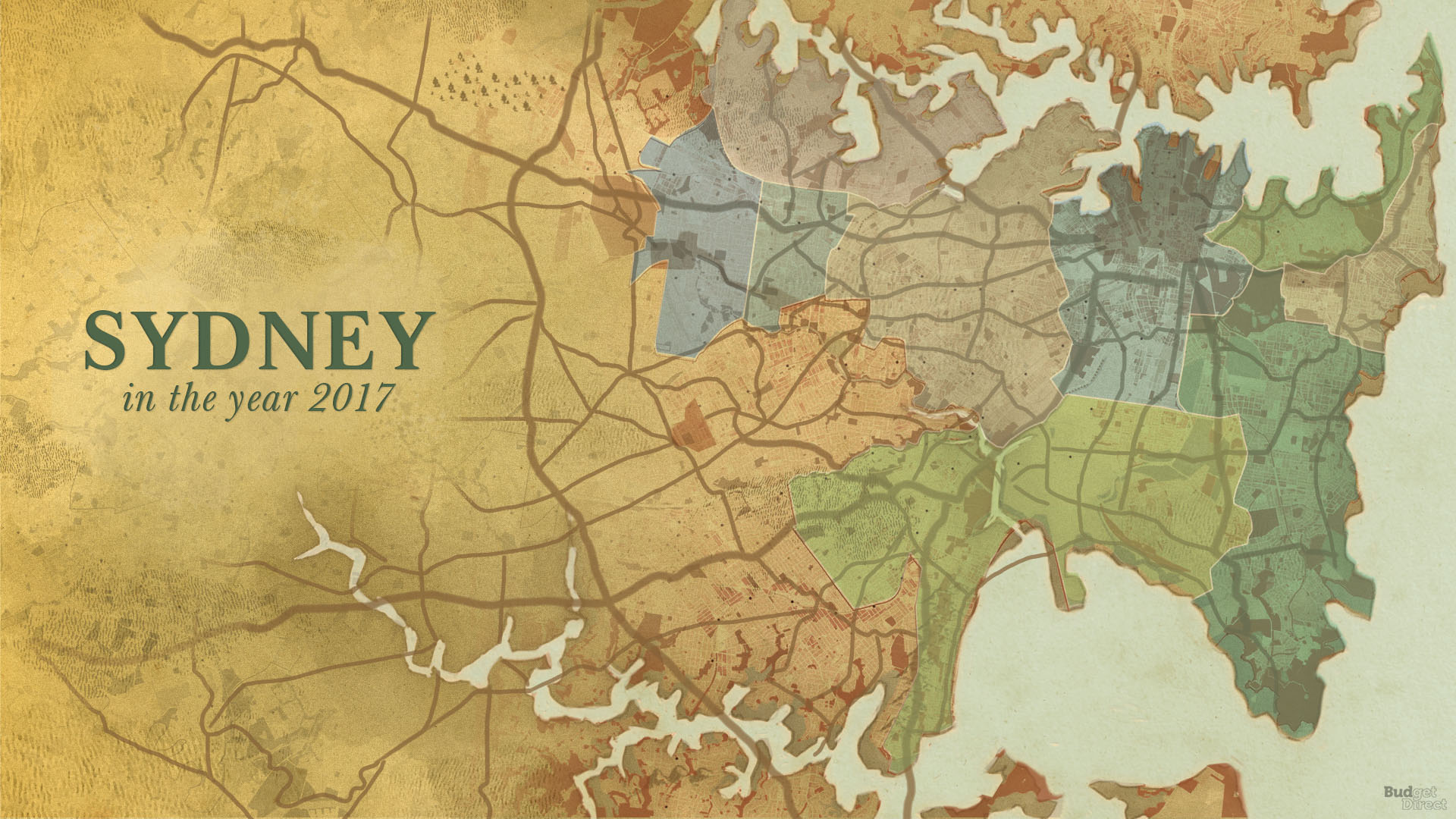
Your Android phone could beef up world’s largest earthquake detection network
Millions of people around the world live in earthquake-prone regions. And while earthquakes cannot be predicted, a few seconds of warning can make all the difference in giving people time to drop, cover, and hold on before the shaking arrives. Japan, Mexico, and California have built a costly network of hundreds of land-based seismometers to generate such early warnings.

But did you know the tiny accelerometers in your Android phone – aka the sensors that measure direction and force of motion to determine if you’re holding your phone in landscape or portrait mode – could also detect potential earthquake signals? And Google has found a way to harness the power of the mini seismometer that is your Android phone!
Working with globally-renowned seismology and disaster experts, the technology giant has come up with a crowdsourced approach for detecting earthquakes all around the world – the Android Earthquake Alerts System.
If a participating phone detects vibrations that are typically linked to seismic activity, it would send out a signal to Google’s earthquake detection server, along with a coarse location of where the shaking occurred. The server will then combine information from hundreds of other Android phones to figure out if an earthquake is happening.
Also see: How Google is using submarine cables as earthquake, tsunami warning systems
“We’re essentially racing the speed of light (which is roughly the speed at which signals from a phone travel) against the speed of an earthquake. And lucky for us, the speed of light is much faster!” says Marc Stogaitis, Principal Software Engineer, Android.

To begin with, this technology will be leveraged to share a fast, accurate view of the impacted area on Google Search. So, when you look up “earthquake” or “earthquake near me,” you’ll find relevant results for your area, along with helpful resources on what to do after an earthquake.
Google has been bridging the information gap during crises for over a decade now. Ever since the devastating Carmel Mountain fire started blazing outside its offices in Israel in 2010 and Google employees experience a potentially life-impacting information gap first-hand, the company has made it its mission to connect people with high-quality information during crises.
In the last 10 years, Google has initiated Public and SOS alerts for hundreds of thousands of crises around the world – right from wildfire mapping and flood forecasting to earthquake detection and alerts.
Now read: Google uses satellite data to add wildfire location-tracking to Maps, Search








